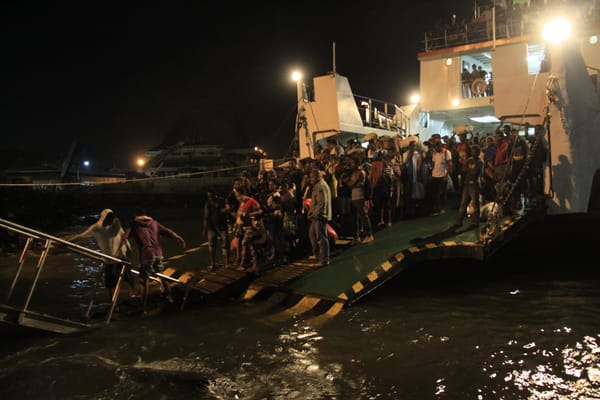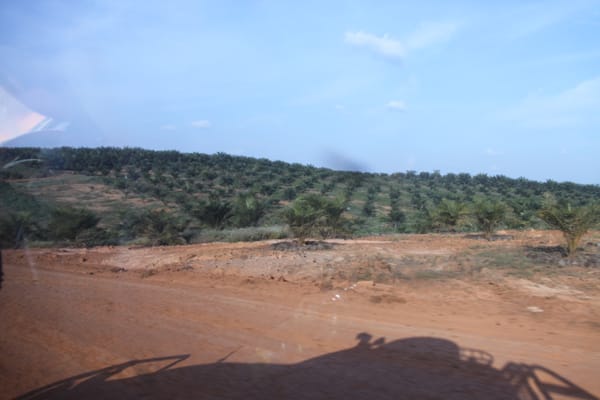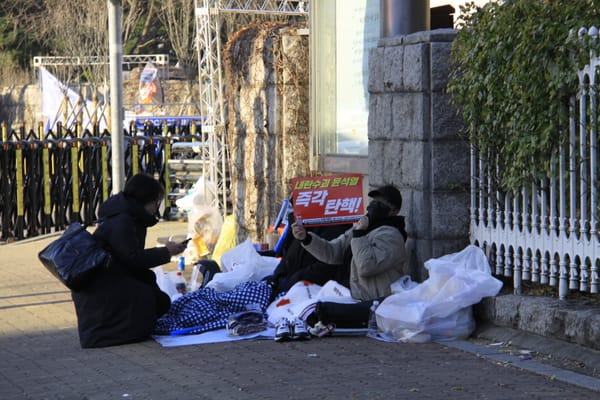Asia Undercovered Special Edition – Development
Asia has become the engine of the global economy, but that does not mean the entire region is prosperous. While there are highly developed economies, such as Japan and Singapore, you also have countries on the other end of the spectrum, emerging from years of conflict and stagnation, such as Laos, Nepal and East Timor.
In this special edition of Asia Undercovered, I feature stories that tell how the region is developing. From megaprojects, empty trains, environmental impacts, and energy, how Asia grows and addresses its challenges in the coming years could determine what the global economy looks in the near future.
Belt and Road
No development project gets as much attention as China’s Belt and Road Initiative. And perhaps no project is as little understood.
At time, BRI is perverse – as this piece in Panda Paw Dragon Claw demonstrates. It looks at why there are so many empty trains running alongside the modern “silk road,” a key component of the initiative.
The BRI is also not well defined, and is shifting. Take, for example, another project closely tied to BRI the Made in China 2025 initiative which aimed to build China’s capacity to produce higher value products at home, shifting away from low-end manufacturing. It has, suddenly, disappeared from Chinese media. Eliot Chen explores why in this informative piece for Marco Polo.
BRI has regional implications too, beyond the tired headline of how it is “buying influence.” One of the centerpiece of CRI is the China-Pakistan Economic Corridor (CPEC), which has transformed South Asia and brought the Muslim-majority country closer to its increasingly anti-Islam neighbor. It has faced increasing challenges, however, and in this opinion piece, Farooq Tirmizi argues that CPEC is, in fact, dead, as the country’s elite are no longer investing in.
Meanwhile in the Greater Mekong Region, which makes up Thailand, Laos, Cambodia, and Vietnam, upstream damns both in China, but also in every downstream country, are rapidly impacting the region’s economies and ecosystems. The figures are staggering – for example, hydropower development could result in 40-80% decline in fish stocks (Project Syndicate, Brahma Chellaney).
New to Asia Undercovered? Sign up for free here.
Other Undercovered Development Stories
Bangladesh is a low lying, densely populated Delta-nation. It is among the countries facing the greatest risk from climate change due to sea level rise, accentuated by dwindling river flows from neighboring countries. This piece in the New Humanitarian looks at the land erosion impacts from the undercovered floods that took place earlier this year and displaced 300,000, while this piece in Dhaka Tribune focuses on the growing impacts of saline intrusion along Bangladesh’s coast.
Toilets. One of the most basic bathroom fixtures, but one that often does not exist in many rural, undeveloped regions. In this informative feature for Record Nepal, Lina Zeldovich introduces readers to a new, waterless flush design in which feces can be turned into biogas and fertilizer, and how this, not the western flush toilet, could be the future of bathrooms in a water-scarce world.
Timor-Leste is the youngest country in Asia, and is facing some difficult choices as it looks to build an economic future for its incredibly young population. An insight into a country still determining its identity for Lowy Interpreter.
A megaproject in Malaysian Borneo could help bring new economic opportunities to underdeveloped regions – but it could also devastate the local environment and lead to degradation. John Cannon writes about the promises and perils of the Pan Borneo highway (Mongabay).
Earlier this year, Indonesia saw a massive blackout that plunged the capital, Jakarta, into darkness for several hours. It also, argues Adeline Tinessia in The Monsoon Project, brings to light the infrastructure and financial issues facing the country’s coal-dependent electricity sector.
A new subway station will soon connect Bangkok’s Chinatown to a growing rail network. But there are worries that this could dilute or destroy the unique culture of Thailand’s largest Chinatown (Nikkei).
The Palm Oil industry, which has played a key role in Indonesian and Malaysian economic development, has expanded to other Pacific Islands. Not surprisingly, there are reports about labor and environmental violations in places like Papua New Guinea. This piece in Sarawak Report looks at how palm tycoons are exporting exploitation.

Asia Undercovered: Journalist Nithin Coca's weekly roundup of the news, events, trends and people changing Asia, but not getting enough attention in the US media.



